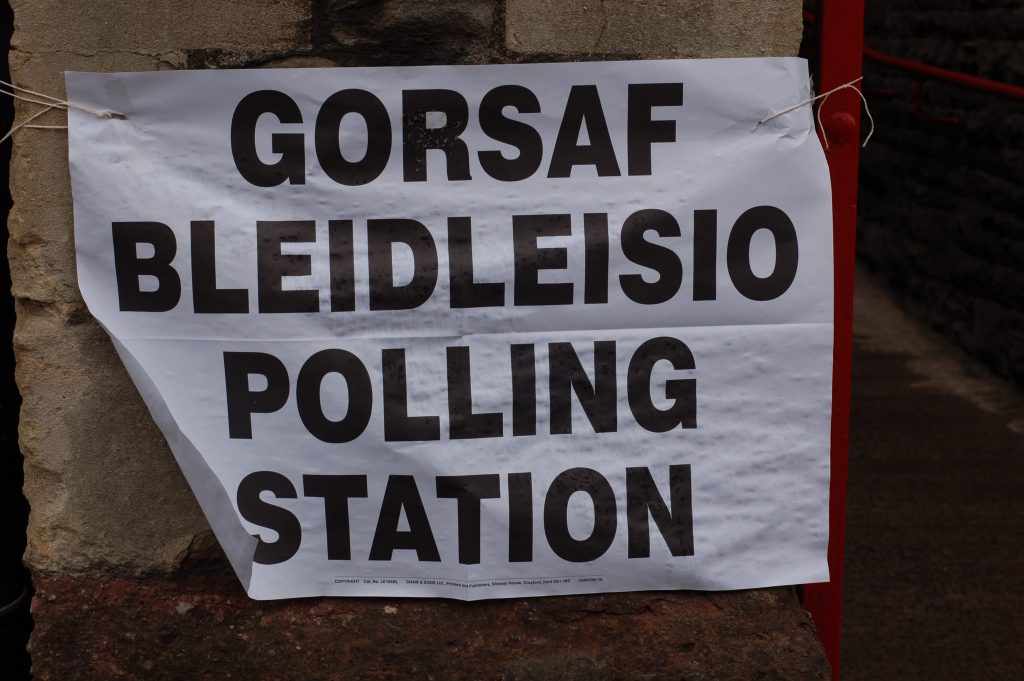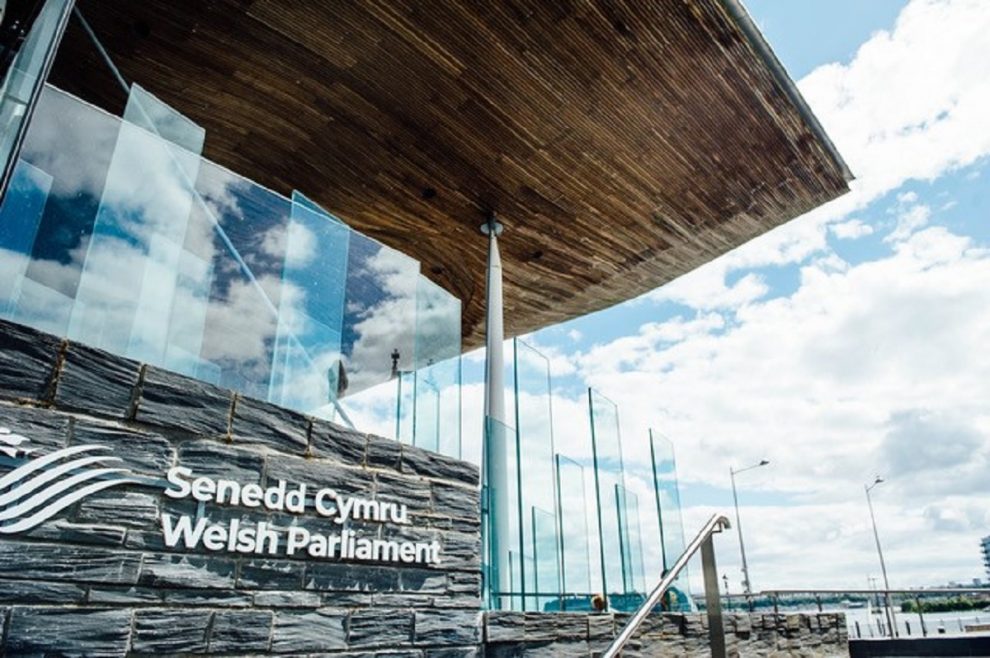THE MOST recent Welsh Political Barometer poll, published on Monday, March 22, suggests Labour will fall short of an overall majority in May’s election.
That fact alone is unsurprising. Labour administrations have usually relied on others to prop them up. It has formed alliances with the Liberal Democrats, Plaid Cymru and – in the last term – with Dafydd Elis Thomas and Kirsty Williams to retain its grasp on Cardiff Bay’s levers of power.
Professor Roger Awan-Scully says: “The poll shows Wales is on course for what might be the closest devolved election. Possibly, the worst ever result for the Labour party.”
The poll, conducted for ITV by YouGov, has an admirably accurate track record.
Before the 2019 General Election, it detected the earthquake in Labour’s ‘Red Wall’ seats in north-east Wales. As the poll is regularly conducted. It shows patterns of voter behaviour and voting intentions missed by less consistently-conducted opinion polls.
The poll divides voting intention between Westminster voting intentions and Welsh Parliamentary intentions. It also examines constituency and regional list voting intentions
As a national poll, it treats the data as though there were a uniform national swing.
THE CONSTITUENCY POLLS
Labour: 32% (-2)
Conservatives: 30% (+4)
Plaid Cymru: 23% (+1)
Liberal Democrats: 5% (+1)
Reform UK: 3% (-2)
Greens: 2% (-4)
Others: 5% (+1)

Professor Awan Scully notes: “These numbers are close to those found by YouGov in another recent poll (for Wales Online). They are also very much in line with the changes seen in recent Britain-wide polling. That has suggested some strengthening of the Conservative position and a modest Labour decline.
“The polling continues to indicate that there are three major parties in the contest for the Senedd. But Labour’s status as the leading one of those parties no longer looks as if it can be taken for granted.”
The poll suggests that the Conservatives could gain as many as five constituency seats from Labour: the Vale of Glamorgan, the Vale of Clwyd, Gower, Wrexham and Cardiff North.
Cardiff North, represented by Julie Morgan, is the least likely of those to change hands. The Deputy Minister for Health has considerable personal popularity.
However, losing the other seats would see the loss of three current ministers: Jane Hutt (the Chief Whip), Rebecca Evans (Finance Minister), and Lesley Griffiths (Wrexham). The Vale of Clwyd’s MS, Ann Jones, stands down at this election.
As with all polls, acknowledged by Roger Awan Scully, local changes are not taken into account. A uniform national swing suggests Cardiff West, Blaenau Gwent and Llanelli could change hands from Plaid to Labour.
However, the chance of Mark Drakeford (Cardiff West) losing his seat is much reduced.
Llanelli, usually a bellwether, is a much tighter call.
The candidates for Labour and Plaid, Lee Waters and Helen Mary Jones, are strong personalities who provoke strong reactions.
That one could – yet again – go to the wire.
THE REGIONAL POLLS
In the regional vote, the new Barometer poll sees the following results (with changes since January’s poll once again indicated in brackets):
Labour: 31% (+1)
Conservatives: 28% (+3)
Plaid Cymru: 22% (-1)
Abolish the Assembly: 7% (no change)
Liberal Democrats: 4% (no change)
Greens: 3% (-2)
Others: 4% (-2)
The Conservatives’ position as the strongest challenger to Labour appears to be reaffirmed by the findings here. Plaid Cymru continues to be in a reasonably strong third place.
Still, there are no current signs of them gaining any significant ground on the two parties ahead of them.
The new poll continues to show the anti-devolution Abolish the Assembly party at a level of support that might well win them some regional list seats in the Senedd. We see this when, once again, assuming uniform national swings since 2016.
REGIONAL SEATS FORECAST
North Wales: 1 Labour, 1 Plaid, 1 Conservative, 1 Abolish the Assembly
Mid and West Wales: 2 Labour, 1 Conservative, 1 Abolish the Assembly
South Wales West: 2 Conservative, 2 Plaid
South Wales Central: 2 Conservative, 1 Plaid, 1 Abolish the Assembly
South Wales East: 2 Conservative, 1 Plaid, 1 Abolish the Assembly
From these figures, the poll generates the following overall projected result for the Senedd:
Labour: 22 seats (19 constituency, 3 regional)
Conservatives: 19 seats (11 constituency, 8 regional)
Plaid Cymru: 14 seats (9 constituency, 5 regional)
Abolish the Assembly: 4 seats (4 regional)
Liberal Democrats: 1 seat (1 constituency)
Labour must still be the firm favourites to be the largest party in the Senedd after the election. They still lead in all recent polls.
They have a track record of having finished well ahead in all previous devolved Welsh elections, even in difficult years for Labour. None of their opponents has yet been able to come close to defeating them for first place.
TURNOUT THE KEY

The Herald’s Political Editor, Jon Coles, writes: “The political ground is slowly shifting in Wales. Historically, low turnout favours the party in power. In Wales, that means the fewer the people that vote, the better it is for Labour.
“Thanks to the way the seats and Wales’ population are distributed, Labour starts with around twenty seats ‘in the bag’.
“However, if the Conservatives turn out their General Election vote – or even two-thirds of it – Labour could be in real trouble, especially in North Wales.
“If the Conservative vote turns out there, losing currently marginal seats will be the least of Labour’s worries. I expect a strong focus on North Wales.
“For Plaid, the big challenge is securing a strong regional vote outside its traditional constituency heartlands. It really needs those votes in South Wales Central, East and West, to make ground. If Plaid can do that, Labour’s need to cut a deal after May 6 will be even stronger. Plaid’s price for an agreement could be a steep one.”

















Add Comment